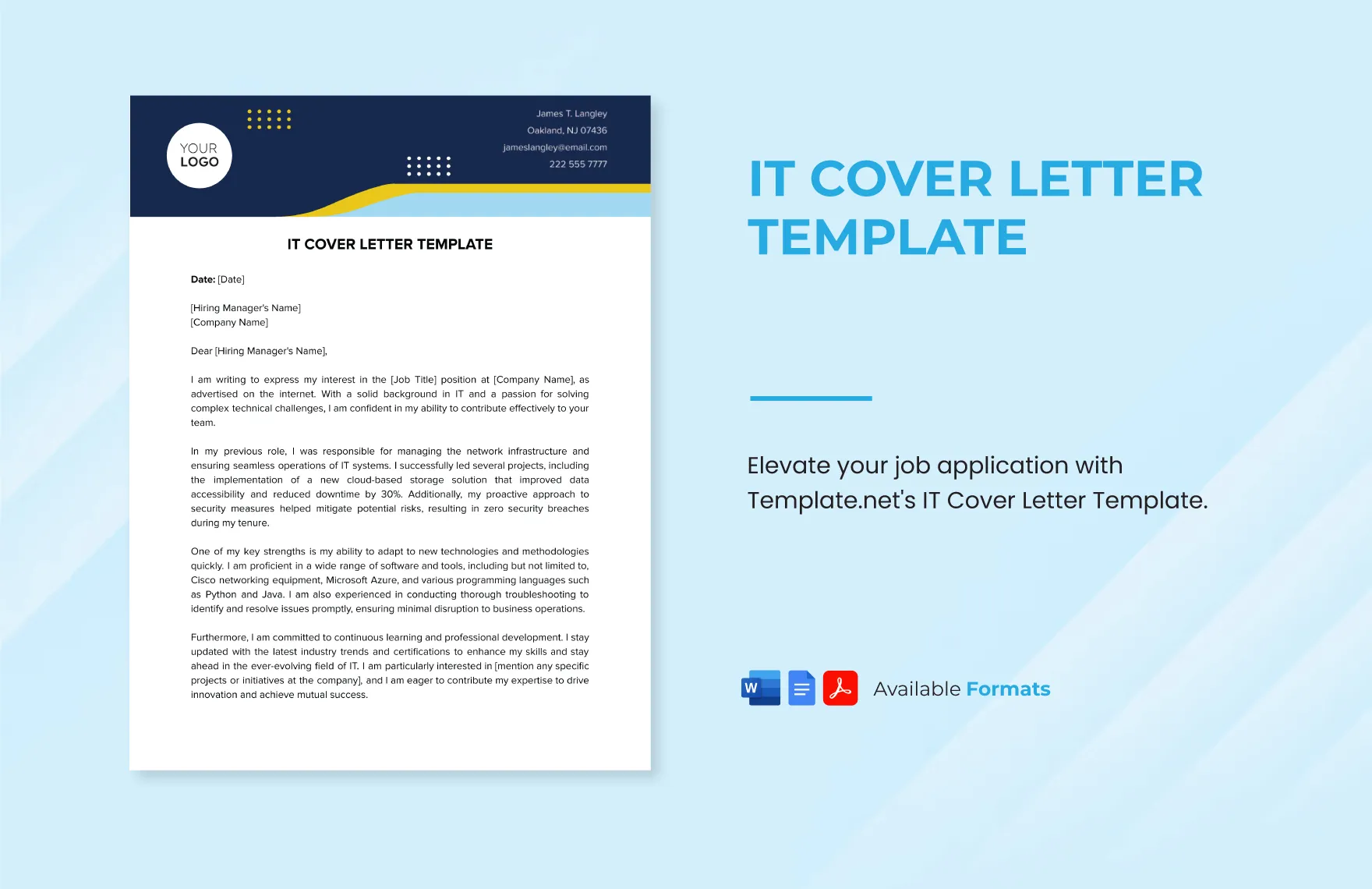Understanding the Importance of an IT Cover Letter
In the competitive world of Information Technology, a well-crafted cover letter is your first opportunity to make a lasting impression. It’s more than just a formality; it’s a crucial tool that complements your resume and provides a platform to showcase your personality, passion, and relevant skills. While your resume presents a chronological overview of your experience, the cover letter allows you to tell your story, explaining why you’re the ideal candidate for a specific role. It provides context to your achievements, highlights your enthusiasm for the position, and demonstrates your understanding of the company’s needs. Neglecting this important document could mean missing out on opportunities, as recruiters often use it to screen candidates before even reviewing their resumes in detail. Consider it your personalized introduction, aiming to capture the hiring manager’s attention and convince them to learn more about you.
Why a Cover Letter Matters in the Tech World
The tech industry is dynamic, and employers seek more than just technical expertise. Your cover letter helps you stand out in a sea of applicants by illustrating your communication skills, attention to detail, and genuine interest in the company and the specific role. It’s an opportunity to align your career goals with the company’s mission, displaying that you’ve done your homework and understand their values. It can showcase your soft skills, such as problem-solving, teamwork, and leadership, which are just as important as technical proficiency. Tech companies often value individuals who are proactive, innovative, and adaptable, traits you can highlight through your cover letter. Furthermore, a well-written cover letter demonstrates your ability to articulate complex ideas clearly and concisely, a skill essential for many IT positions. A well-crafted cover letter is a powerful tool for creating a strong first impression and setting yourself apart from other candidates.
Key Elements of a Successful IT Cover Letter
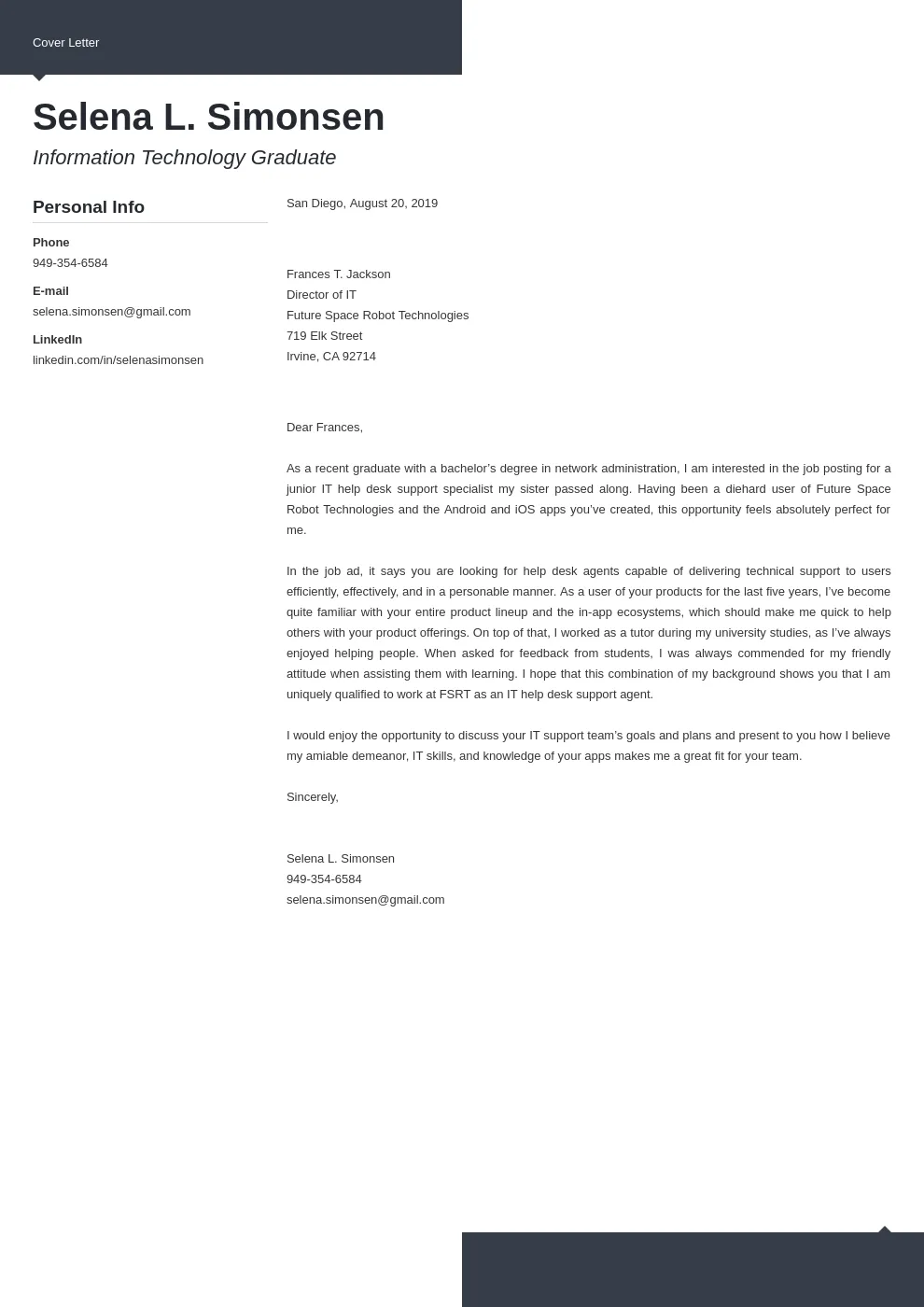
An effective IT cover letter should be concise, compelling, and tailored to the specific job. Begin with a professional header that includes your contact information, followed by a personalized greeting to the hiring manager or recruiter if possible. The opening paragraph should immediately capture attention, clearly stating the position you’re applying for and expressing your enthusiasm. The body should highlight your relevant IT skills and experience, providing specific examples and quantifiable achievements. Tailor your letter to the specific requirements of the job, using keywords from the job description. Make sure you demonstrate an understanding of the company’s needs and explain how your skills and experience align with their goals. End with a clear call to action, expressing your interest in an interview and your availability. Finally, always proofread your letter for any grammatical errors or typos.
Header and Contact Information
Start with a professional header, which includes your full name, address, phone number, and professional email address. Make sure your email address sounds professional. Below your contact information, include the date and the recipient’s contact information if known, such as the hiring manager’s name, title, and the company’s address. Using the hiring manager’s name, if available, immediately personalizes your letter and demonstrates your attention to detail. A clean and well-organized header creates a positive first impression. Ensure all information is accurate and up-to-date, so the recruiter can easily contact you.
Personalized Greeting
Address the hiring manager or the specific recruiter by name whenever possible. Research the company’s website or LinkedIn to find the hiring manager’s name. If you are unable to find the name, you can use a general greeting such as “Dear Hiring Manager” or “Dear [Company Name] Recruiting Team.” Avoid generic greetings like “To Whom It May Concern,” as they can make your letter seem impersonal. A personalized greeting shows that you have invested time and effort in the application. Double-check the spelling of the name to show your attention to detail. If you know someone at the company, you can mention their name, as it can sometimes help you stand out.
Opening Paragraph Grab Attention
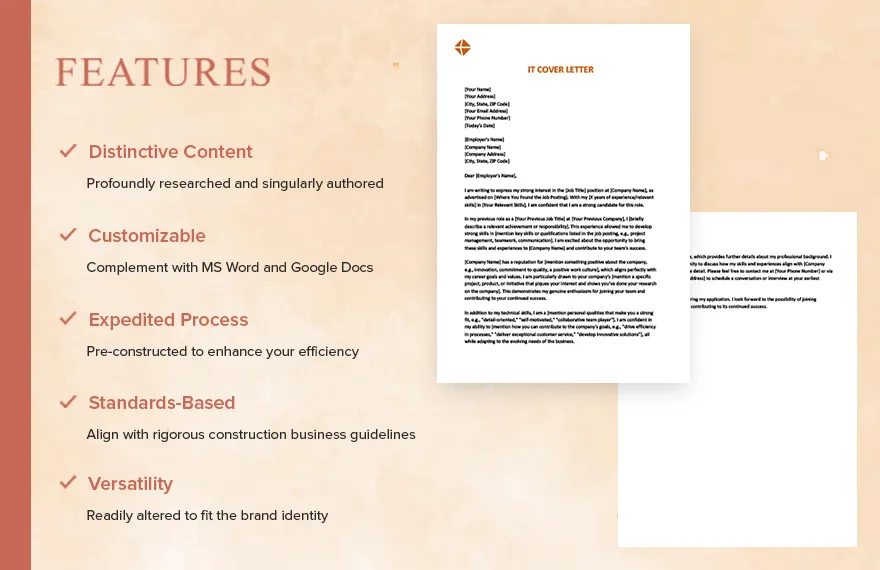
The opening paragraph is critical for grabbing the reader’s attention. Clearly state the position you are applying for and where you saw the job posting. Briefly express your enthusiasm for the role and the company. If you have a strong connection to the company or a unique reason for applying, mention it here. Highlight one or two of your most relevant skills or experiences that directly align with the job requirements. Make sure the tone is confident and professional, but also reflects your personality. Avoid generic opening lines; instead, make it clear why you are the right candidate. The opening paragraph should set the tone for the rest of your cover letter, encouraging the reader to continue reading.
Highlighting Your IT Skills and Experience
The body of your cover letter should showcase your IT skills and experience. This is your opportunity to delve deeper into your qualifications, going beyond what’s listed on your resume. For each skill or experience you mention, provide a brief, specific example that illustrates your proficiency. Quantify your achievements whenever possible. Use action verbs to describe your accomplishments. Relate your skills and experience directly to the job requirements outlined in the job description, using keywords where appropriate. This ensures that the hiring manager quickly sees how you meet their needs. Demonstrate a clear understanding of the role’s responsibilities and how your skills align with them. Focus on the most relevant experience, providing the strongest evidence of your capabilities.
Technical Skills Showcase
In your cover letter, provide a concise list of your technical skills relevant to the job requirements. Be specific about your proficiencies. For example, instead of saying “Proficient in networking,” specify the types of networking technologies you have experience with, such as “Cisco routers, switches, and firewalls.” Include programming languages, software, and tools you know. Use keywords from the job description to show that you possess the required technical expertise. Highlight any certifications or specialized training you have obtained. Use a bulleted list to organize your skills for easy readability. Demonstrate your skills by providing examples. Your goal is to demonstrate your ability to contribute to the specific requirements of the job.
Project Examples and Achievements
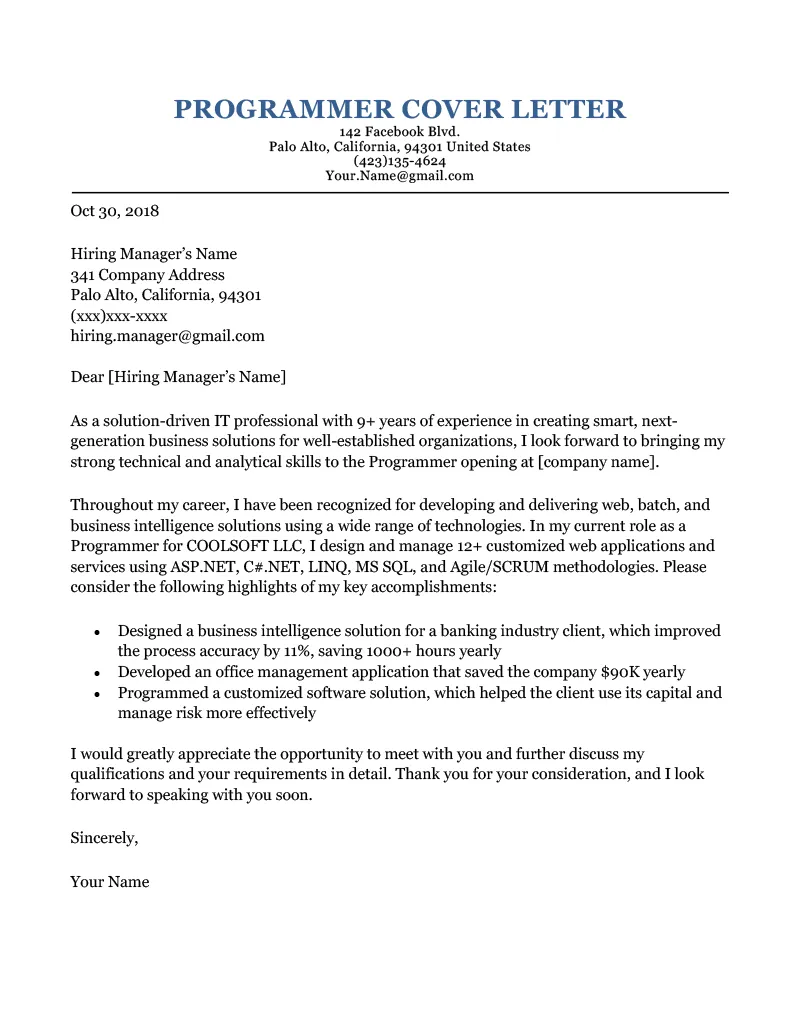
Instead of just listing your skills, provide examples of projects where you have used those skills. Describe your role in the project, the challenges you faced, and the solutions you implemented. Focus on the outcomes of your work, providing quantifiable results whenever possible. Use the STAR method (Situation, Task, Action, Result) to structure your examples. For example, “In a project, I identified and resolved a critical network security vulnerability, which prevented data breaches and saved the company $10,000 annually.” Show initiative and the impact you made. Highlighting specific achievements helps illustrate the value you brought to your previous employers. Your project examples should confirm your technical skills, demonstrating your capacity to apply those skills in practical situations and achieve tangible results.
Tailoring Your Cover Letter to the Job
A generic cover letter is unlikely to impress hiring managers. Tailoring your cover letter for each job is a must. This demonstrates your genuine interest in the specific role and shows that you have taken the time to understand the requirements. Carefully review the job description and identify the key skills, experiences, and qualifications. Customize your cover letter to align with these requirements, emphasizing the most relevant aspects of your background. Use keywords from the job description throughout your letter to optimize it for applicant tracking systems (ATS). Demonstrate how your skills and experience make you the ideal fit for the position. Avoid using a template without making significant changes. Personalization shows that you have a unique understanding of the company.
Researching the Company and the Role
Before writing your cover letter, research the company and the role. Visit the company’s website, read news articles, and review their social media profiles to learn about their mission, values, and current projects. Understand the company’s culture and tailor your tone and language to fit. Identify the key responsibilities and requirements of the role, noting what the company is looking for in a candidate. Show that you understand the company’s challenges and goals. Mention specific projects or initiatives that the company is undertaking, and explain how your skills can contribute. Demonstrating that you have a genuine interest in the company and understand its needs significantly increases your chances of getting noticed.
Using Keywords Effectively
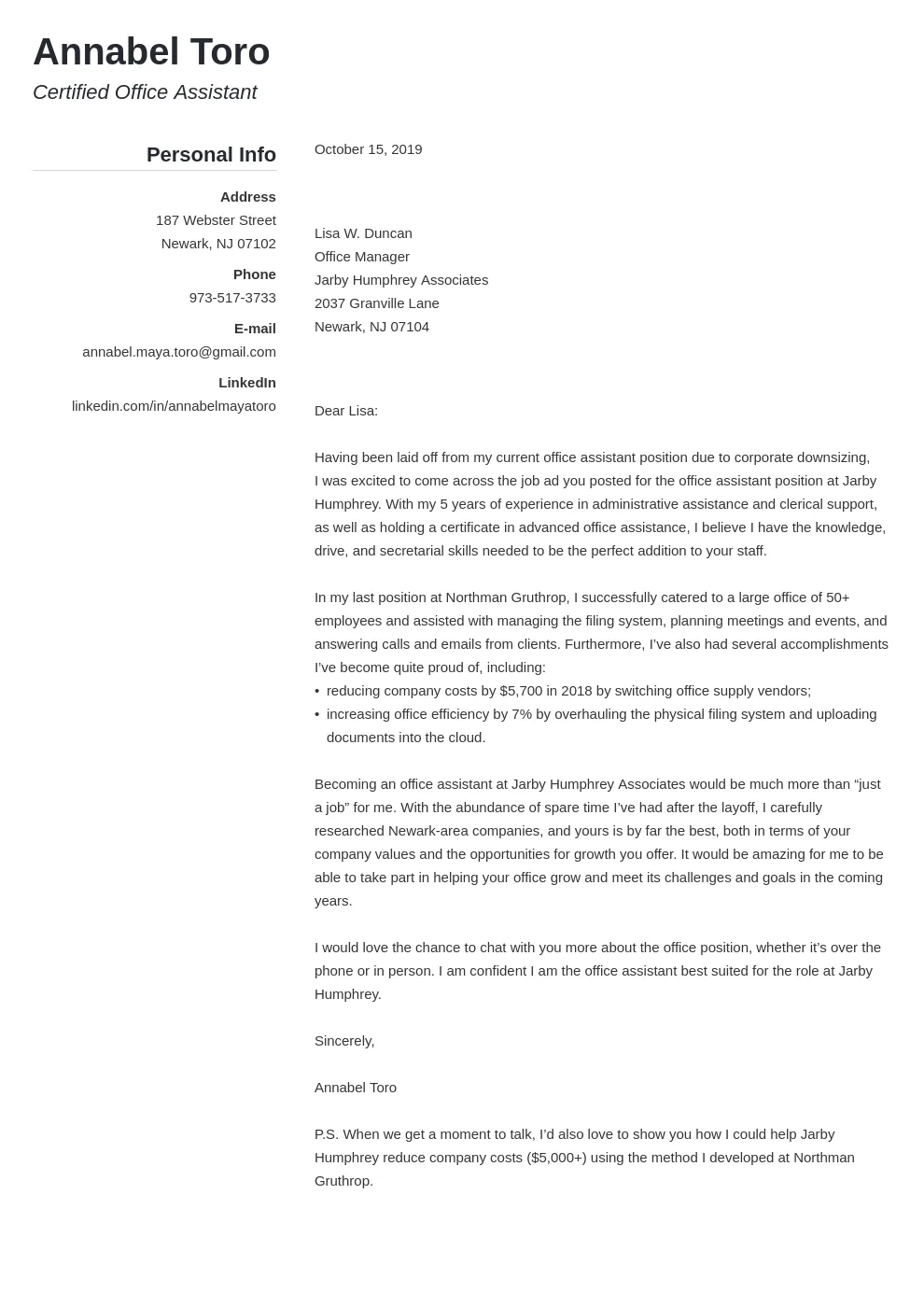
Applicant tracking systems (ATS) scan cover letters for keywords. Carefully review the job description and identify the most important keywords. Integrate these keywords naturally into your cover letter, especially in the skills and experience sections. Do not overuse keywords, as this can make your letter sound unnatural and may be counterproductive. Use a variety of synonyms to avoid repetition. Make sure the keywords align with your actual skills and experience. Demonstrate that you have the skills the recruiter is looking for. Using keywords effectively helps your cover letter get past the ATS, ensuring it reaches the hiring manager. Make sure the keywords are relevant to the job and accurately reflect your skills.
Formatting and Design Best Practices
The formatting and design of your cover letter significantly impact its readability and professional appearance. A well-formatted cover letter is easy to read and visually appealing, making a good first impression. Use a standard, professional font and maintain consistent formatting throughout the document. Keep the layout clean and organized, with clear headings and bullet points. Use white space effectively to make your letter less cluttered. Stick to a one-page limit to keep the reader engaged. Proper formatting and design show your attention to detail and professionalism.
Font and Readability
Choose a professional and easy-to-read font, such as Times New Roman, Arial, Calibri, or Helvetica. Use a font size between 10 and 12 points for the body text. Ensure the font is consistent throughout your cover letter. Use bold or italics sparingly to highlight key information, but avoid overusing these features. Make sure your font is legible on different devices. Maintain a consistent font size and style for headings and subheadings. The goal is to create a visually appealing document.
Length and Structure
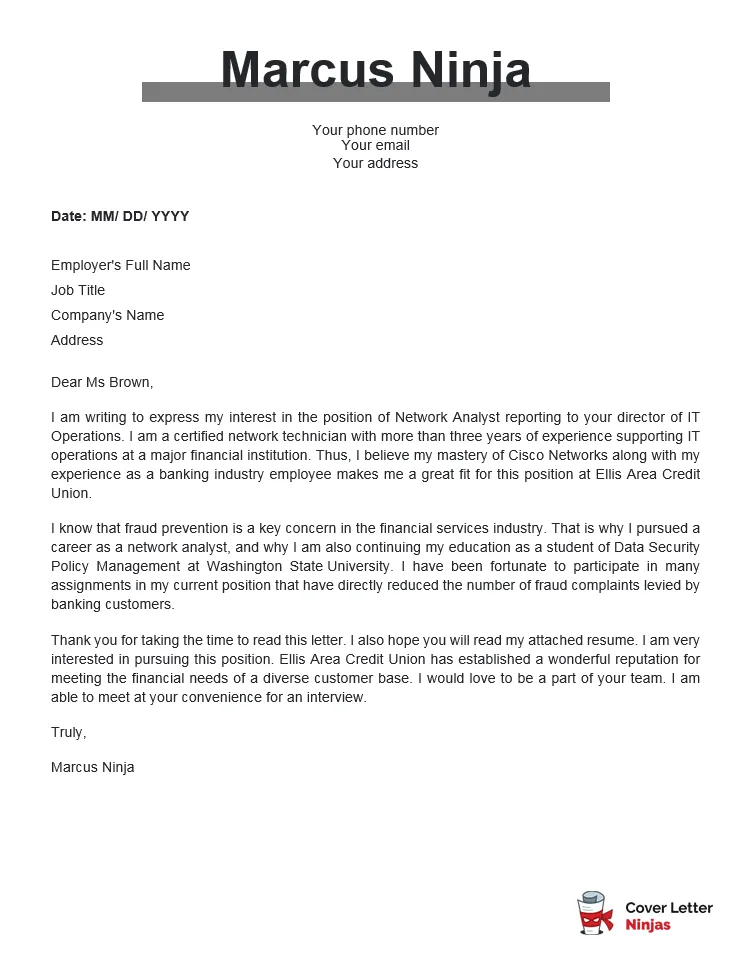
Keep your cover letter concise and to the point, ideally one page long. Use a clear and logical structure, with a well-defined introduction, body, and conclusion. The introduction should grab the reader’s attention and state your purpose. The body should highlight your skills, experience, and achievements, organized into relevant sections. The conclusion should express your interest and include a call to action. Use paragraphs that are short and easy to read, breaking up longer blocks of text. Avoid overly long sentences and paragraphs. Structure your cover letter for maximum impact, making it easy for the hiring manager to find the most important information quickly.
Proofreading and Editing
Proofreading and editing are essential steps in the cover letter writing process. Carefully proofread your cover letter for any typos, grammatical errors, and punctuation mistakes. Check the spelling of the hiring manager’s name and the company name. Have a friend, family member, or career advisor review your letter for clarity, accuracy, and overall effectiveness. Pay close attention to sentence structure and flow. Ensure your letter is free of jargon and overly complex language. A well-proofread cover letter reflects your attention to detail and professionalism. Make sure your document is perfect before submitting it.
Common Mistakes to Avoid
Avoid common mistakes in your cover letter to make a positive impression. These errors can undermine your application and reduce your chances of getting an interview. Proofread carefully before submitting your cover letter.
Generic Cover Letters

Avoid using generic cover letters that are not tailored to the specific job or company. A generic cover letter shows a lack of interest and effort, which is a major turnoff. Customize your cover letter for each job application, including details about the company and the role. Research the company’s mission, values, and recent projects. Show that you understand the company’s specific needs. Demonstrate why you are the right fit. A customized cover letter demonstrates your genuine interest.
Typos and Grammatical Errors
Typos and grammatical errors can create a negative impression and detract from your qualifications. Proofread your cover letter meticulously for any spelling, grammar, or punctuation mistakes. Use spell-check and grammar-check tools, but don’t rely on them entirely. Have someone else review your cover letter to catch any errors you may have missed. A well-edited cover letter shows your attention to detail and professionalism. Errors make it appear you don’t care.
Call to Action and Closing
The closing of your cover letter is an opportunity to reiterate your interest and next steps. Include a clear call to action, expressing your eagerness to discuss your qualifications further. Thank the hiring manager for their time and consideration. Reiterate your availability for an interview and how they can reach you. End with a professional closing, such as “Sincerely,” or “Best regards,” followed by your full name. This final paragraph should reinforce your enthusiasm for the opportunity.
Expressing Enthusiasm and Availability
End your cover letter by expressing your enthusiasm for the opportunity and reiterating your interest. State that you are available for an interview at their earliest convenience. Provide your contact information again in the closing. Express your genuine interest in the role and the company. Thank the hiring manager for their time and consideration. A strong call to action will make you the first candidate considered.
